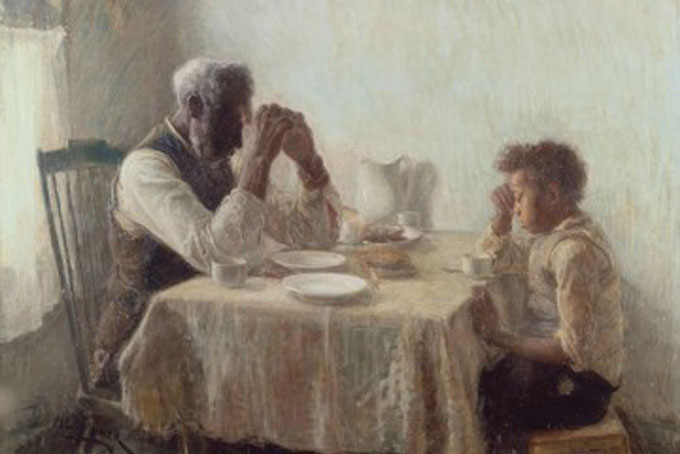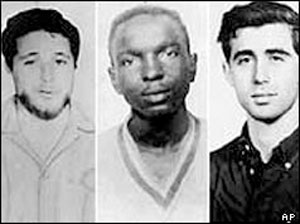1832—Joseph Haynes Rainey, the first African American to serve in the United States House of Representatives, is born in Georgetown, S.C. He was elected in 1870 from the state of South Carolina. He served five terms in Congress and died in 1887. In 2005, a portrait of Rainey was finally hung in the U.S. Capitol Building.
1859—Henry O. Tanner, the first African American painter to achieve international acclaim, is born in Pittsburgh, Pa, to a middle class Black family. His most notable work was “The Banjo Lesson,” which he painted in 1893. Tanner would later teach at Clark University in Atlanta, Ga. Tanner was considered a formalist—meaning his paintings tended to be beautiful depictions of reality. He died in May 1937.

1915—The United States Supreme Court declares in the Guinn v. United States case that “grandfather clauses” in many Southern state constitutions and laws were illegal. The case grew out of the practice, common in the South, of setting up stringent requirements in order to prevent Blacks (former slaves) from voting. But in order to ensure that Whites could vote, the laws exempted them from the difficult requirements by asserting that anyone (or his grandfather) who could vote prior to 1867 did not have to meet the tough standards. Since virtually no Blacks could vote prior to 1867, “grandfather clauses” had the effect of denying Blacks the right to vote.

1964—Three civil rights workers (Andrew Goodman, James Chaney and Michael Schwerner) disappear near Philadelphia, Miss., and are later found murdered. Seven Ku Klux Klan members, opposed to a Black voting rights campaign, were indicted for the killings, but none served more than six years in prison. The incident became one of the major sparks to the then young Civil Rights Movement. Justice for the three was finally completed in June 2005 when the leader of the group of Klansmen—Edgar Ray “The Preacher” Killen—was convicted of their…
Read the full article here





